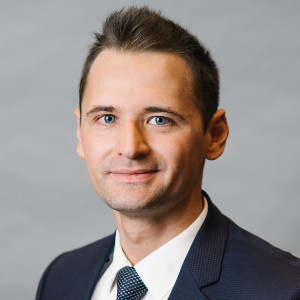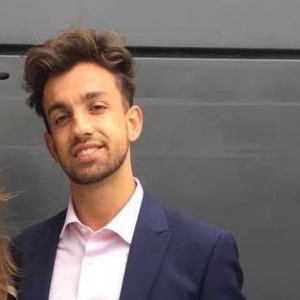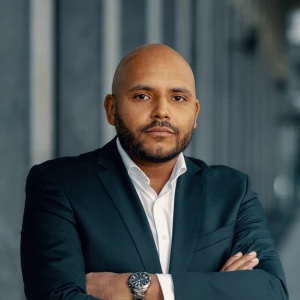Hi all,
After reaching two second and final round interviews in secondary consultancy firms I got rejected because the interviewers were not sure that I had a structure that allowed me to cover all the perspectives of the Case.
How to communicate my structure to make sure that the interviewer validate the fact that I have structured my thoughts? Should I write it on a paper, turn the paper to the interviewer and explain him/her my approach?
This is weeks and next week I have interview in MBB and other top consultancy firm so I would like to make sure to improve this point. I have already practiced more than 40 cases.
Thanks in advance



















